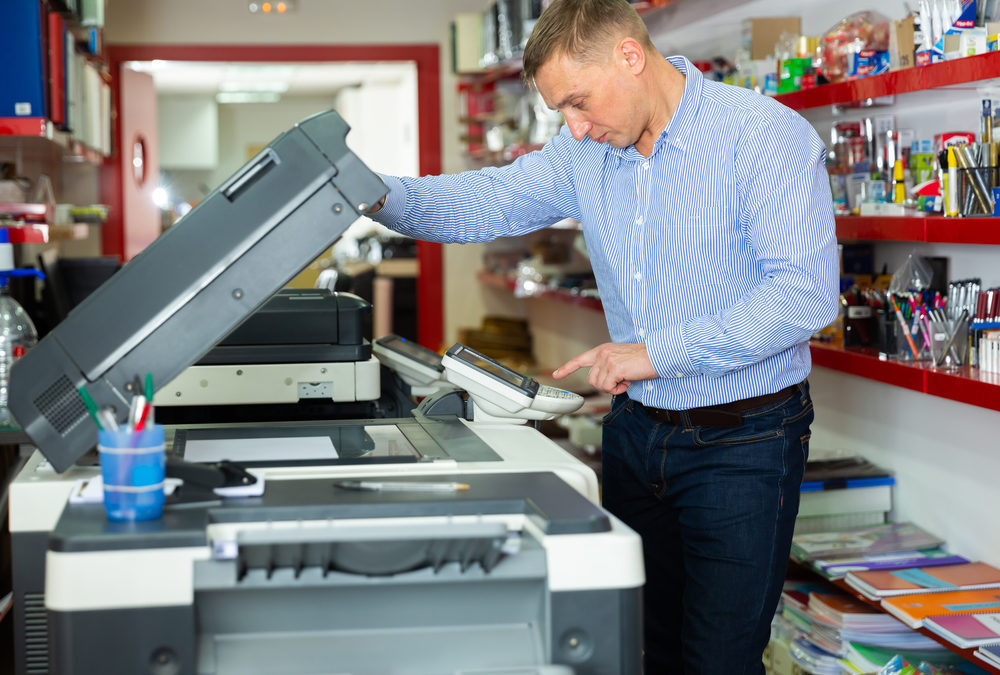Printing costs are greatly dependent on numerous factors. In this blog post, we will discuss 24 of the most important factors that affect the cost of printing. These factors include the type of printer used, the type of paper used, the number of pages printed, the size of the pages printed, the color or black and white of the pages printed, the complexity of the pages printed, the number of pages printed, the turnaround time required, the delivery method used, the level of customer service required, the level of technical support required, the type of warranty offered, the brand of the printer, the features of the printer, the condition of the printer, the location of the printer, the time of year, the economy, and the competition.
By understanding these factors, you can make informed decisions about your printing needs and save money on your printing costs.
Type of printer used
Different types of printers require different consumables, such as ink cartridges or toner cartridges. These consumables can vary widely in terms of cost. Inkjet printers, for example, typically use liquid ink cartridges that may need to be replaced more frequently, while laser printers use toner cartridges that have a higher upfront cost but often have a higher page yield. Understanding the consumables required by each printer type helps you estimate ongoing printing costs accurately.
Type of paper used
Higher-quality papers, such as those designed for professional photo printing or presentations, often come at a higher cost per sheet. Therefore, using specialty papers or higher-quality options may increase the overall cost of printing compared to standard or lower-grade paper.
The type of paper used can impact the efficiency and waste associated with printing. Certain paper types may be more prone to jams or may not be compatible with specific printer models, leading to potential wastage and additional costs. Additionally, if you choose a paper type that doesn’t suit your printing needs, such as using heavy cardstock for regular office documents, it can result in excessive paper consumption and increased costs.
Brand of the Printer
Printer brands offer models at varying price points. While some brands offer low-cost entry-level models, others specialize in high-end or professional-grade printers that can come at a higher price. When selecting a printer, it’s important to consider the upfront cost and assess it based on your budget and printing requirements.
For instance, the cost of ink or toner can vary widely across printer brands, and this can significantly impact the cost of printing over time. Some printer brands offer more affordable ink or toner cartridges, while others may have higher-priced or proprietary cartridges that can be costlier to replace. Researching the cost of consumables, including third-party options, can help you estimate the long-term expenses of printing.
Features of the printer
Faster printers can complete print jobs quickly, reducing the time and energy needed for printing tasks. However, faster printers may come with a higher price tag and may require more expensive consumables to maintain the speed and quality of printing. Some printers offer additional features, such as scanning, copying, or faxing, which can increase the overall cost of the printer. While such features may be convenient for some users, it’s important to assess whether the additional features align with your requirements and budget.
Here are some additional tips for saving money on printing:
- Use a high-quality printer that is designed for heavy use.
- Use recycled paper.
- Print double-sided.
- Print in black and white instead of color.
- Use print management software to optimize your printing settings.
- Shop around for the best prices on printing supplies.
- Print only what you need.
- Recycle your used paper.
Several factors can significantly impact the cost of printing. Understanding these factors allows individuals and businesses to make informed decisions and effectively manage their printing expenses. Factors such as the type of printer, including its initial cost, consumables, and maintenance requirements, play a crucial role in determining the overall cost of ownership. Additionally, considering the type of paper used and its associated price, as well as the printer’s features like duplex printing or wireless connectivity, can further influence printing costs.
By carefully evaluating and considering these factors, individuals and businesses can optimize their printing operations, achieve cost-efficiency, and ensure that their printing needs are met without unnecessary financial burdens.





